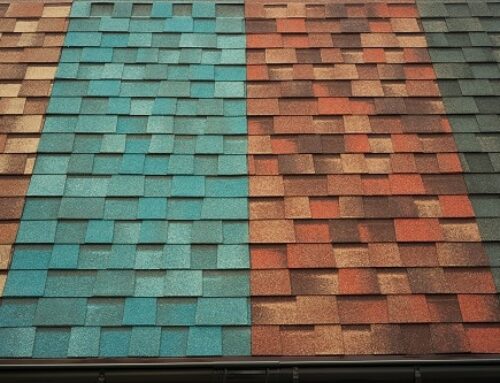When choosing shingles for your roof of your home, one of the decisions you are going to make is whether you want white (or light-colored) shingles or black (or dark-colored) shingles. Generally speaking, white shingles are the way to go. However, you should know a little bit about the positives and negatives associated with white shingles before jumping on them.
The Benefits of Using White Shingles
There are a few benefits to having a white roof. The main benefits include comfort and energy costs. During the summer, the temperatures will get relatively hot. If you have a black roof, then guess what’s going to happen? The heat outside will be absorbed into your home.
This can not only lead to a less comfortable house, but it can cause your cooling costs to skyrocket. Because your home is taking in more heat, your air conditioning system will have to use more energy in order to work harder and longer to produce the cold air needed to keep your home at your desired temperature. Considering how long the days are during the summer, you can expect those cooling costs to only grow as the summer drags on.
Unlike a black roof, a white roof will not absorb any heat. In fact, white is a reflective surface, which means it will do the exact opposite – it will reflect the sun’s rays, thereby helping to keep the heat outside of your home.
In addition to keeping your cooling costs down while improving the comfort of your home, a white roof will also help prevent problems associated with excessive heat. For example, if your attic has moisture problems, a white roof can help prevent heat from combining with the moisture to grow mold and mildew.
The Drawbacks of Using White Shingles
The main drawback of white shingles is that they won’t be able to absorb heat as well as black shingles would during the colder seasons of the year. As you can imagine, absorbing heat during the winter could help you reduce the amount of heat your heating system needs to crank out to keep your home warm. However, the following are a few reasons why black shingles won’t be that much more beneficial during the winter:
- If it snows, your roof will be white no matter what, which negates the benefits of having black shingles.
- Winter days are much shorter than summer days, so the benefits of having black shingles wouldn’t last for very long.
- The sun is lower in the winter, which means your roof isn’t getting the direct sunlight it gets in the summers, which means that even with black shingles, you wouldn’t be absorbing that much heat.




